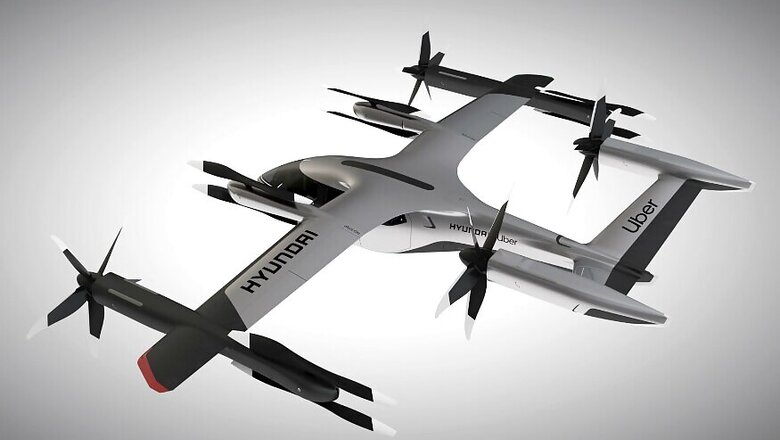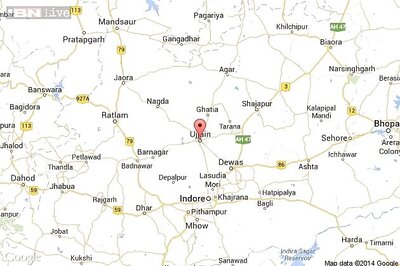
views
Nearly a month after teasing the ‘flying car’ concept for the first time, Hyundai has unveiled the full-scale prototype at the CES this week. In addition to this, Hyundai upped the ante by confirming that not only will it mass-produce electric vertical takeoff and landing aircraft, but also deploy them in Uber’s future aerial taxi fleet.
Uber floated the idea of the aerial ride-hailing fleet back in 2016 and outlined the future “Uber Elevate” project. Uber has also stated it would conduct its own test flights in 2020 and that it plans to launch its first version of its air taxi services in 2023, starting in in Dallas, Texas and Los Angeles, California.
In tandem with the same goals, Hyundai has now joined the same ambition as well. The partnership made it to the headlines as the Korean manufacturer is, in essence, lending its manufacturing credibility to Uber’s ambitions.
Hyundai’s offering in the segment will have two tilt-rotors on the tail, and 10 other rotors distributed around the oval-shaped cabin. As mentioned before, this aircraft is also designed to take off vertically, a transition to wing-borne lift in cruise.
The vehicle can seat five people and will have a cruising speed of 290kmps with a cruising altitude of around 1,000-2,000 feet above the ground. Hyundai has also claimed that the use of smaller electric-powered rotors, the vehicle will create less sound than a combustion engine helicopter.
Emergency charging can recharge the battery for 100km worth charge in just 7 minutes.


















Comments
0 comment